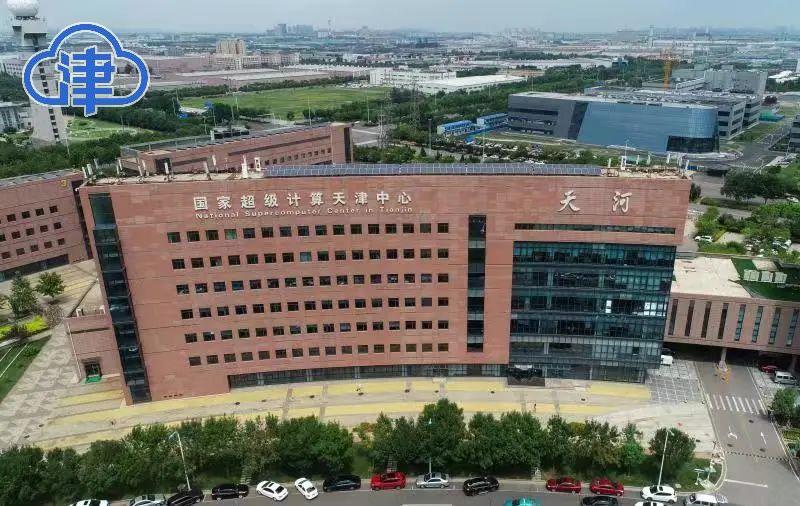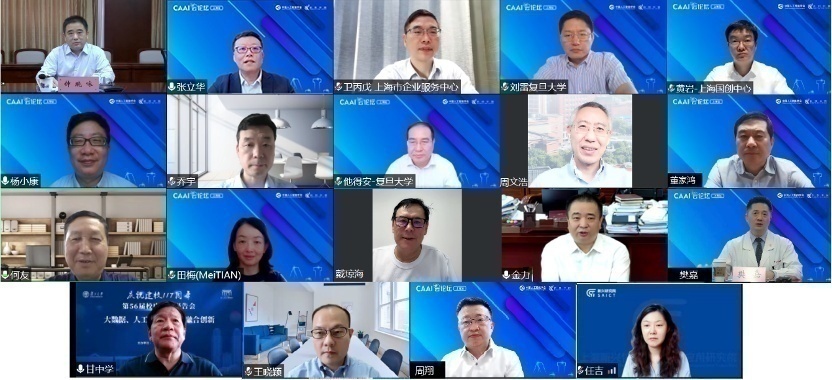Chinese scientists create a new type of carbon material
Author:Science and technology innovat Time:2022.06.17
Fullene, carbon nanotubes, graphene, graphite ... carbon materials have always been considered a future material. The discovery of each new type of carbon material has triggered the research boom of material scientists. Today, the carbon family adds new members -Zheng Jian's team of Researcher Zheng Jian in the Institute of Chemistry of the Chinese Academy of Sciences for ten years grinding a sword. Under normal pressure, through simple response conditions, a new type of carbon homocoons unique crystal "single layer" single layer "single layer" single layer "single layer" "Polytes C60", it has a high crystallization and good thermodynamic stability, providing a new idea for the research of carbon materials.
This result was published in the international academic journal "Nature" published on the 16th, which aroused widespread attention from the international chemical and material academic circles.
The substance composed of the same element, due to different atomic arrangement, shows different physical and chemical properties, we call it homogenic alien. Soft graphite, hard diamonds, etc. are carbon -gay alien, with different important applications. However, these materials exist in nature. For a long time, scientists are looking for whether it is possible to use carbon atoms to "build" new materials and "customize" new types of carbon materials we need.
"For the preparation of pure carbon materials, the past thinking has always been built with carbon atoms as the basic unit." Zheng Jian explained that he led the team to creatively use C60 molecules to replace carbon atoms as the basic unit. Under the gentle conditions of normal temperature and normal pressure, it is under the gentle conditions of normal temperature and normal pressure. The C60 molecule is aggregated by doped metal magnesium, and then the metal magnesium is removed by organic yang ion section strategy, and the single -layer aggregation C60 is finally obtained.
This is a new cluster two-dimensional super structure. The C60 cluster cage forms a rule of topology through the C-C key to form a rule. "In order to get this stable structure, we have used it for five years." Zheng Jian said that there are 60 carbon atoms in a C60 molecule. If you want to get a stable structure, you must let the carbon atoms in neighboring molecules form a stable connection. Essence Dr. Lingxiang, the first author of the paper and a member of the team of Zheng Jian, said: "There are too many possibilities, but there is only one correct road, otherwise the C60 molecule will not be connected in accordance with the rules of design, and it is difficult to measure its size and nature. We try it. There are many ways to prepare a lot of samples and take a lot of detours. "Attentive research finally returned: a variety of representation measurement results show that this new material is the target material that Zheng Jian wants to get. New method of preparing carbon materials.
At the same time, the measurement results also found that this new material is a typical semiconductor and has good thermodynamic stability, which still exists stable at about 326.85 ° C. Zheng Jian said: "We believe that this new material has important application prospects in non -linear optics and functional electronic devices, and has potential in the fields of superconducting, quantum computing, spinning transportation, information and energy storage, catalytic, and other fields. Application. "Next, the team will thoroughly study the characteristics of this new material and explore more application scenarios and greater application value. (Guangming Daily)
- END -
National Supercomputing Tianjin Center Project selected the Ministry of Industry and Information Technology's artificial intelligence industry heavy list

Recently, the Ministry of Industry and Information Technology announced the second...
Yuan Cosmic Reinstalling Medical Ecological CAAI Cloud Forum (Shanghai Station) Yuan Universe and Smart Medical Academic Symposium were held in Shanghai

On June 18, sponsored by the China Artificial Intelligence Society (CAAI), Fudan U...